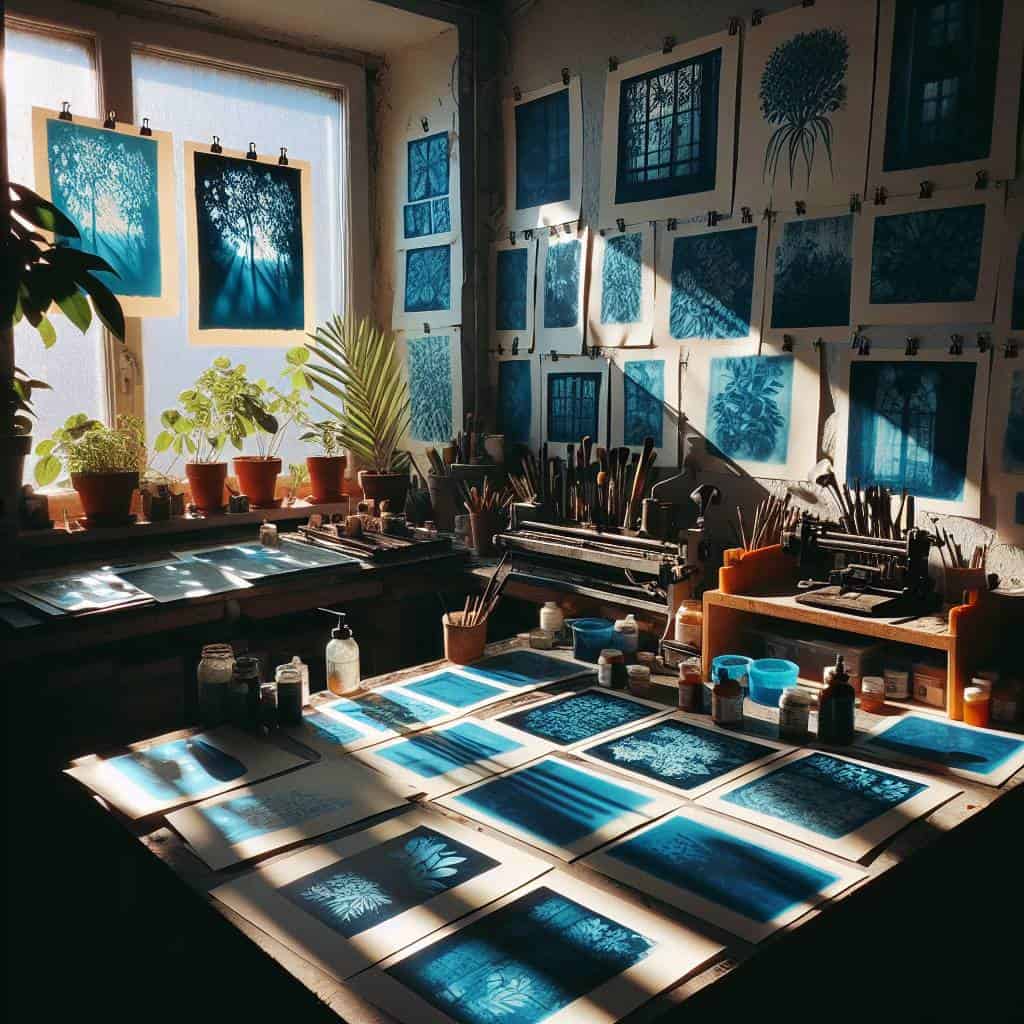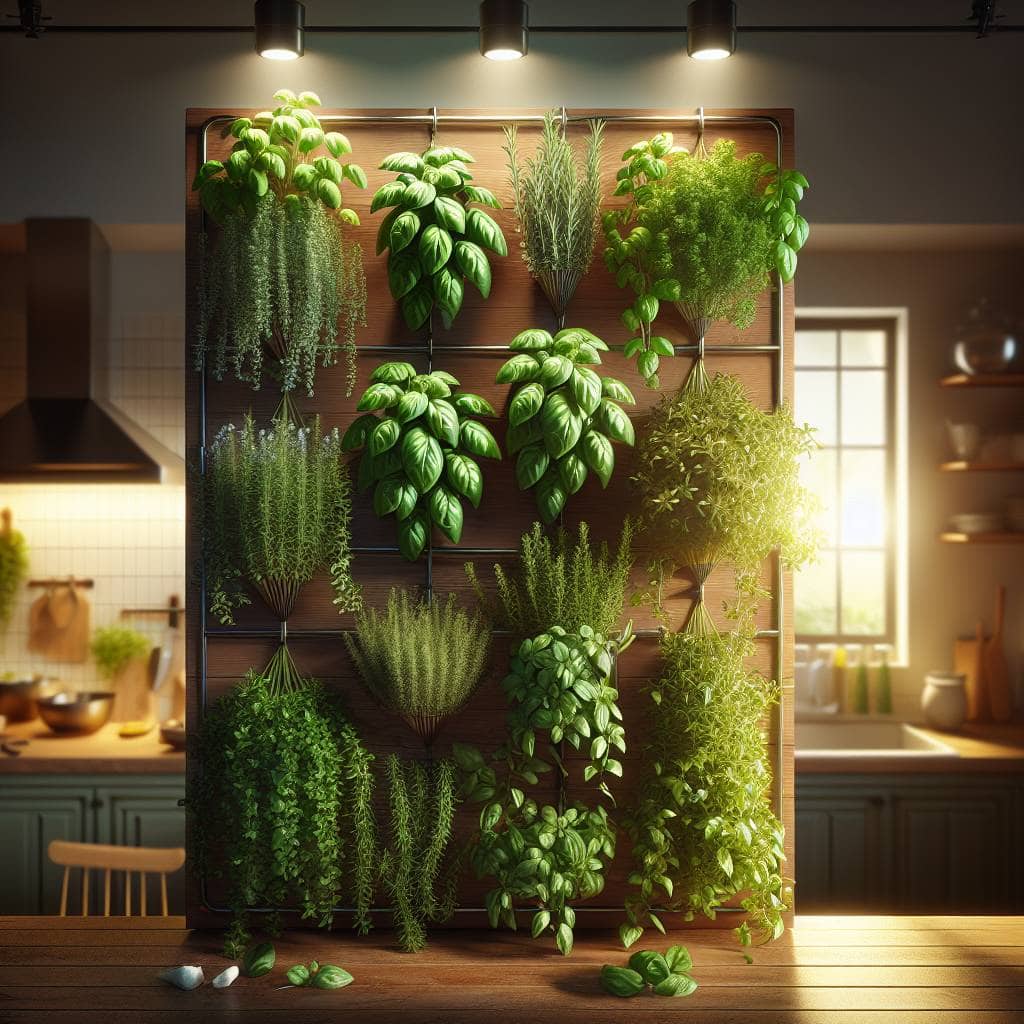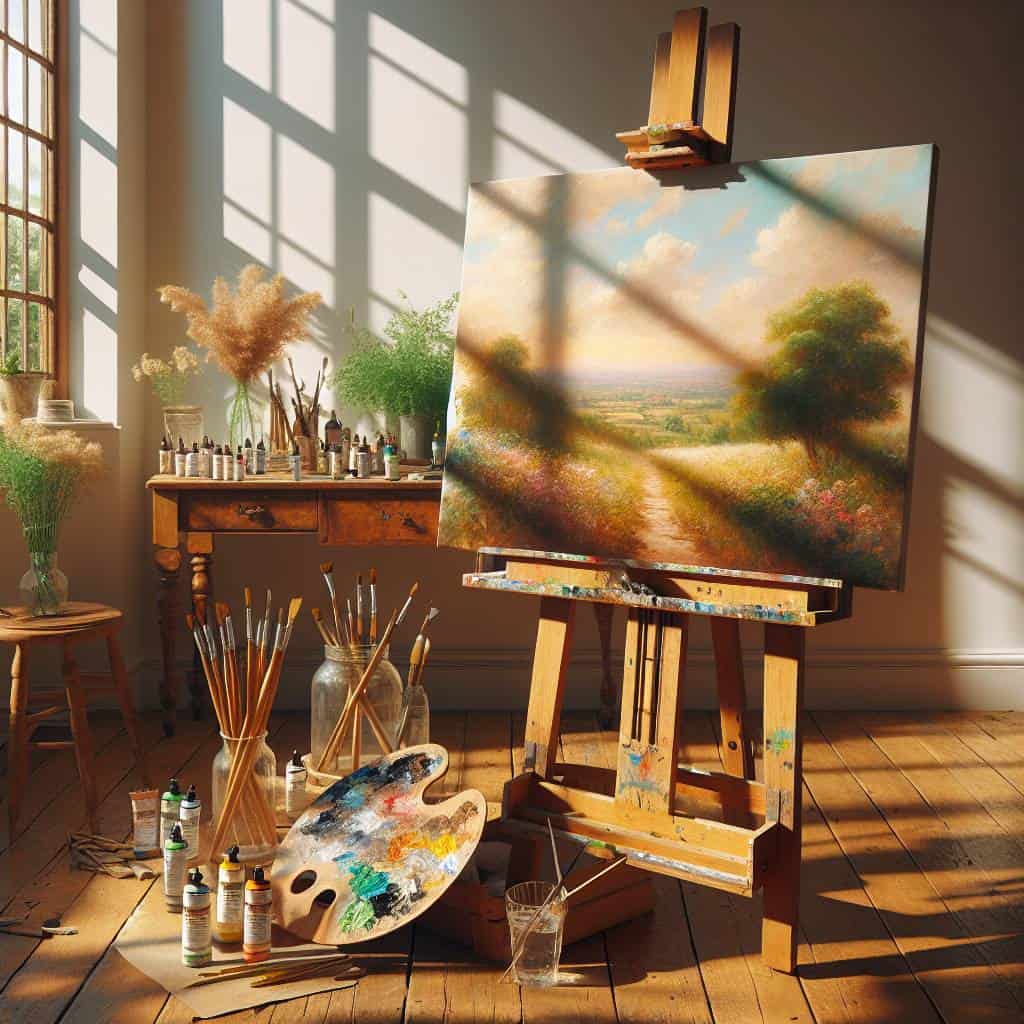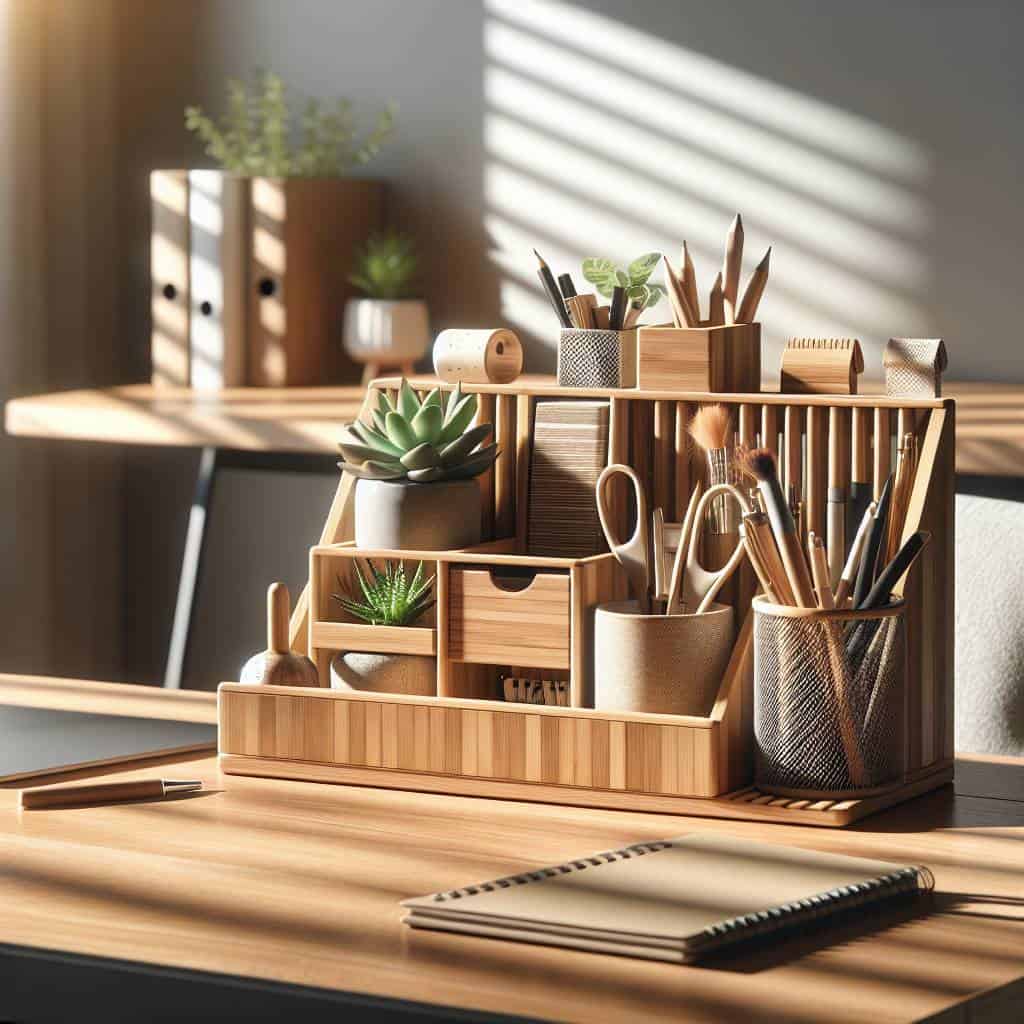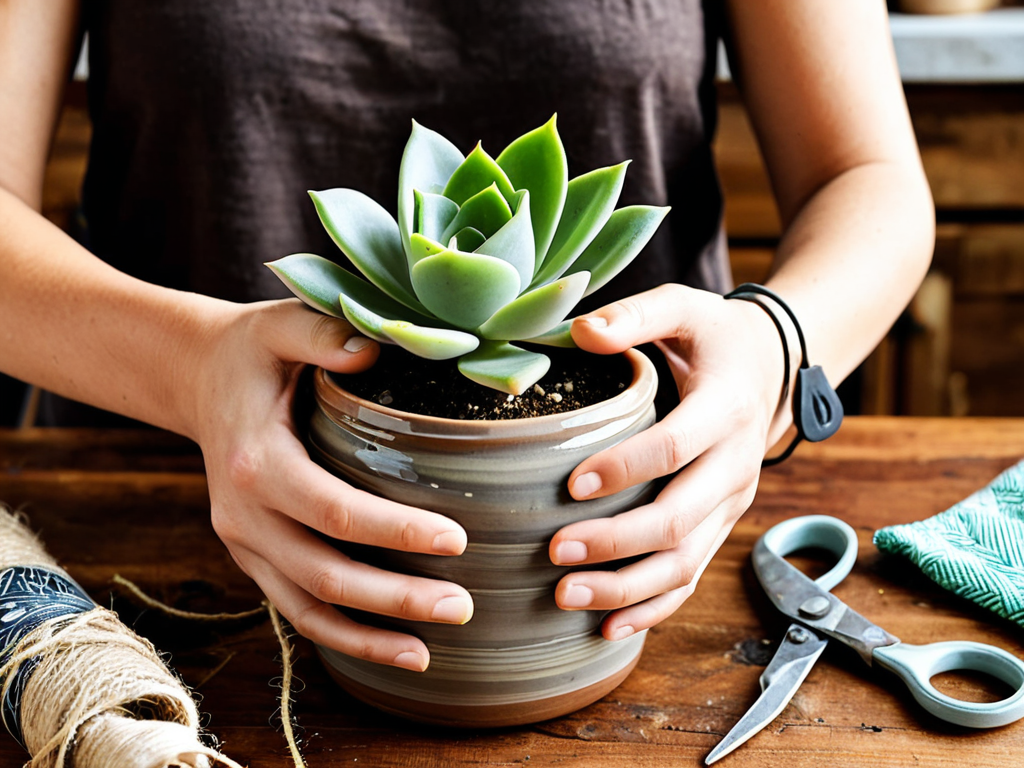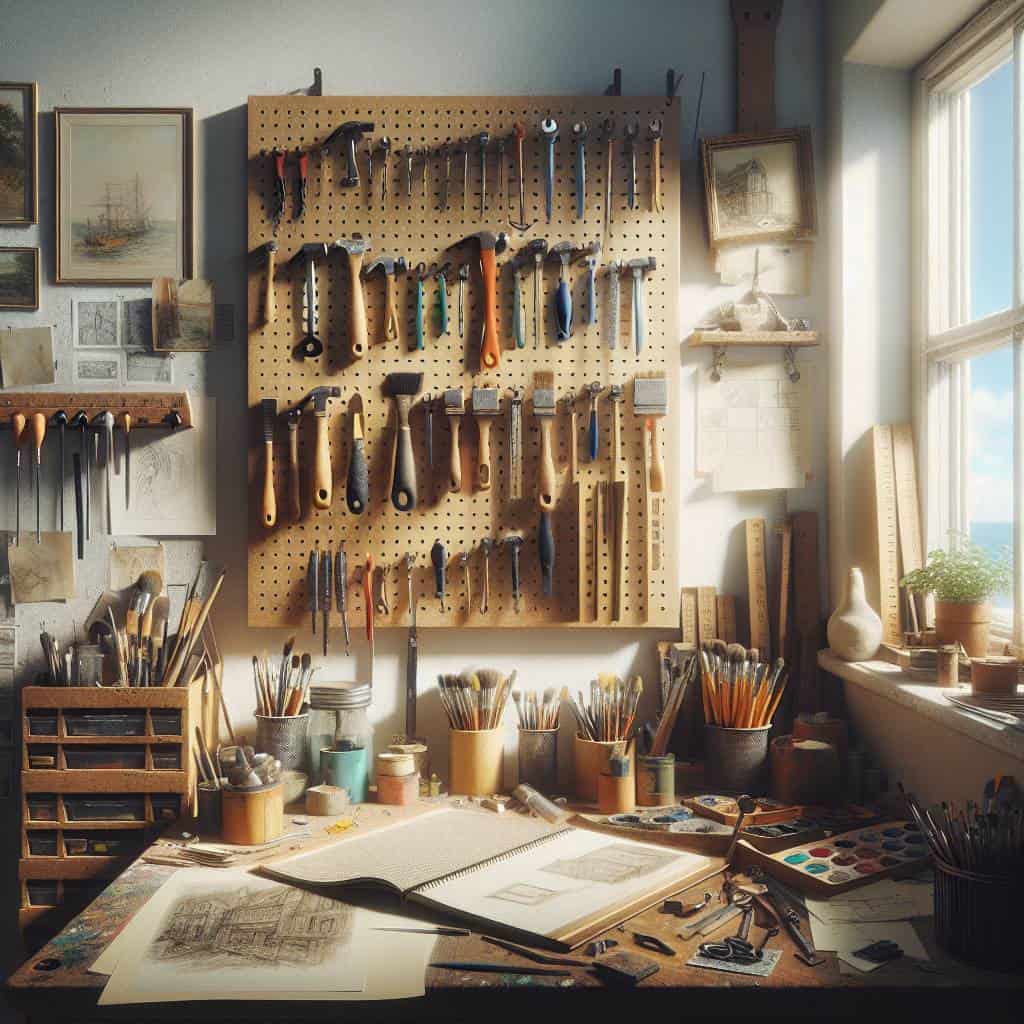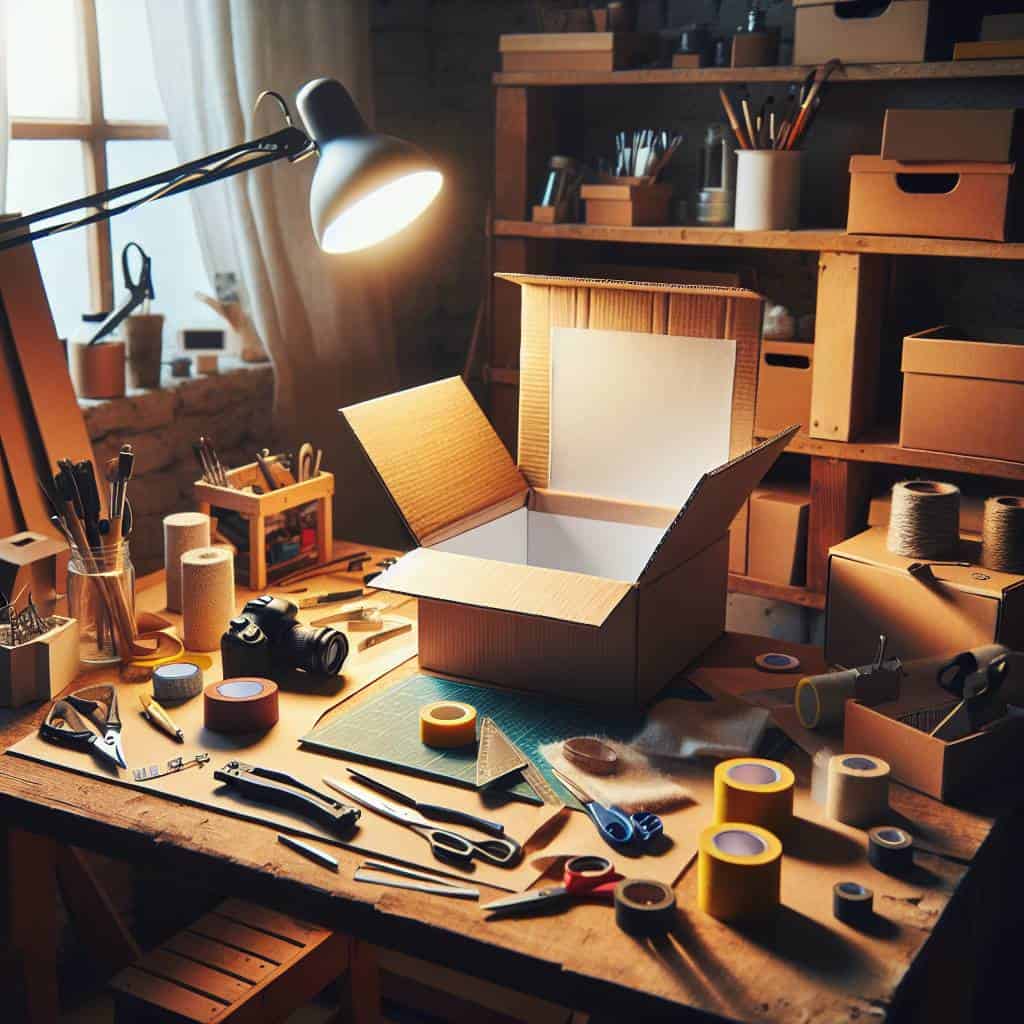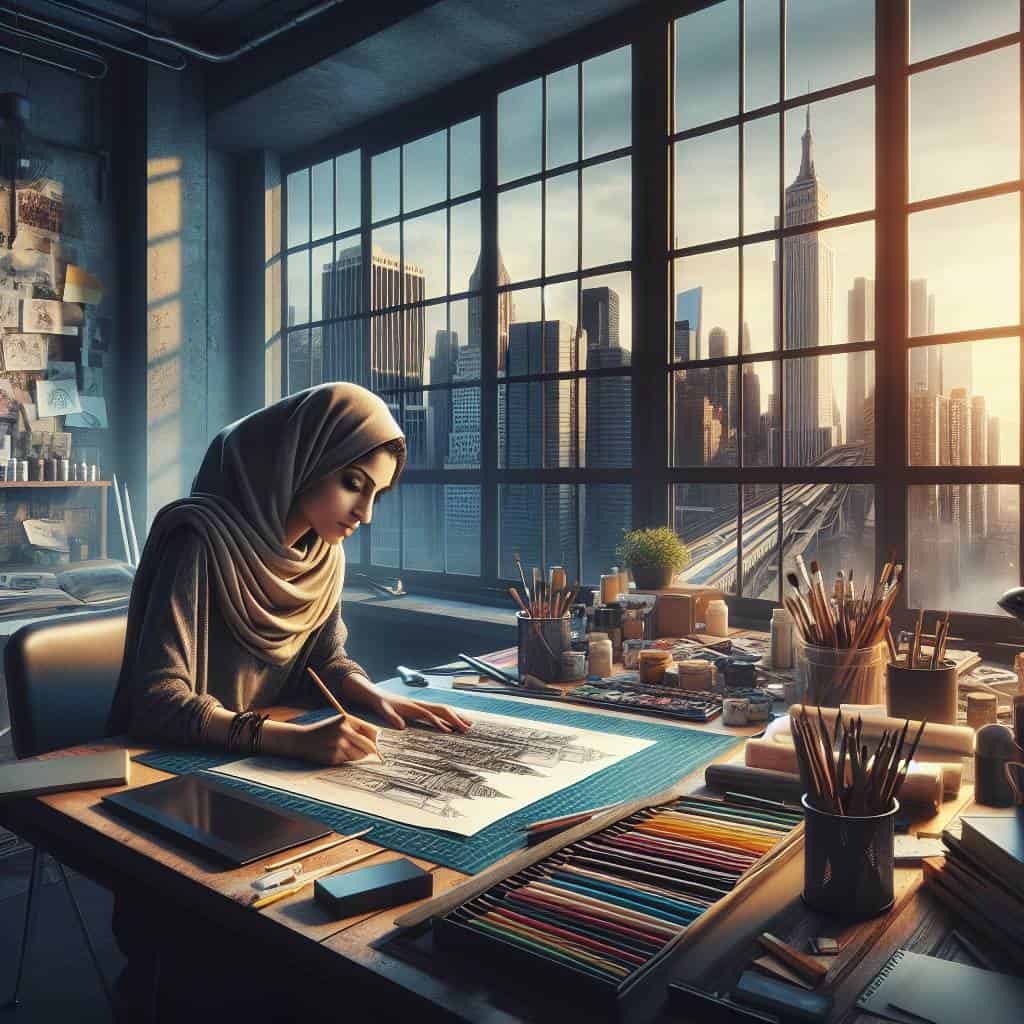I once decided to paint an old chair—a relic from some forgotten family member that had been haunting my apartment like a ghost of bad taste past. Armed with a brush and a can of optimism, I thought I’d transform this monstrosity into a masterpiece. But as I stood there, brush in hand, I realized painting furniture was less of an art and more of a battle. It’s not about creating; it’s about covering up the sins of the past, trying to convince yourself that what you’re doing is anything more than putting lipstick on a pig.
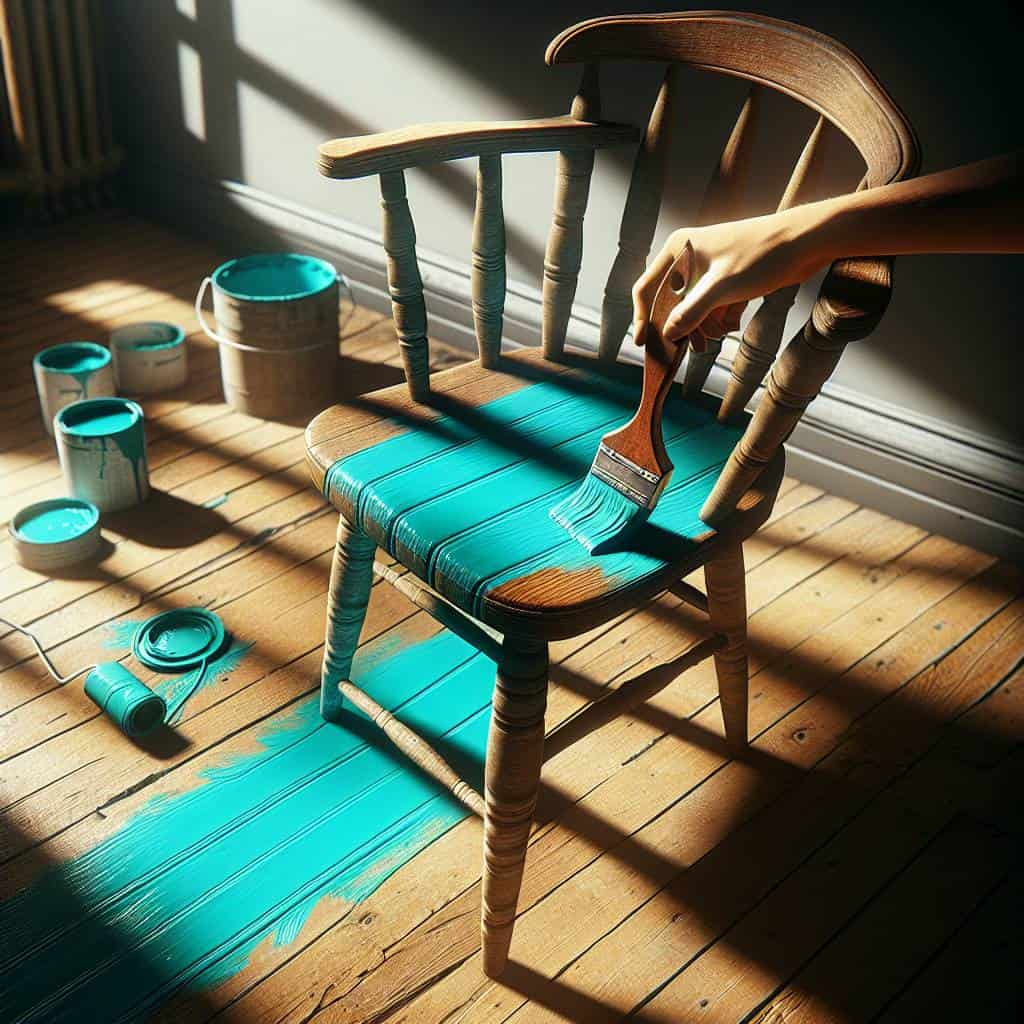
So, if you’re brave enough to tackle your own furniture fiasco, stick around. We’ll wade through the murky waters of chalk paint, navigate the treacherous terrain of sanding, and emerge victorious with a finish that might just fool the neighbors. This isn’t just a guide; it’s an expedition into the world of furniture makeovers. Get ready to learn not only how to paint but how to make peace with those old, forgotten pieces crowding your space.
Table of Contents
My Love-Hate Relationship with Sandpaper: A Guide to Furniture Therapy
Ah, sandpaper. My old nemesis and my reluctant ally in this never-ending saga of furniture therapy. You see, sandpaper and I have a complicated relationship. On one hand, it’s the unsung hero that preps a piece for its chalky rebirth, smoothing out those bumps and bruises. But on the other, it’s a relentless taskmaster, demanding patience and precision—qualities I often lack when I’m itching to see the final transformation. And yet, without it, painting old furniture would be like trying to put lipstick on a pig. It might look good from afar, but up close, the imperfections are glaring.
Sanding is where the real work begins, where the magic happens, albeit begrudgingly. It’s about stripping down the layers, facing the scars and marks that tell a piece’s history. You can’t just slap on some paint and call it a day. No, first you must embrace the grit, literally. Start with a coarser grit to tackle the stubborn old finish, then gradually move to a finer one. It’s like therapy, really—painful and tedious, but necessary before a fresh coat of personality can emerge. And when you finally reach that smooth finish, it’s like a blank canvas, ready for a splash of chalk paint to bring your vision to life.
But let’s be real. The love part of this relationship? It only kicks in when I’m standing back, looking at a beautifully revamped piece that was once destined for the landfill. That’s when I forgive sandpaper for its abrasiveness, for the sore arms and dusty aftermath. Because in the end, it’s all about the makeover—a metamorphosis that requires both love and a little bit of grit. So, yes, sandpaper, you’re a necessary evil in my furniture therapy toolkit. And as much as I might curse you in the process, I know we can’t achieve greatness without you.
The Art of Resuscitation
Painting old furniture isn’t just about slapping on some chalk paint and calling it a day. It’s about sanding away its past, guiding it through a deliberate makeover, and finally finishing with a flourish that speaks to its new life.
The Art of Letting Furniture Speak
In the end, painting old furniture isn’t just a task; it’s a dialogue. Each piece has a story, a past captured in every scratch and dent, and my job is to respect that history while coaxing out its potential. Chalk paint becomes my translator, turning faded whispers into bold statements. The sandpaper, ruthless yet necessary, strips away pretension, leaving behind the raw essence of the wood. It’s a conversation between my hands and the furniture, one where the final coat isn’t just a finish, but a new beginning.
But let’s face it, this journey is as unpredictable as a city storm. One moment, I’m basking in the creative flow, and the next, I’m battling rogue brushstrokes like they’re tiny demons. Yet, through this chaos, there’s a strange kind of satisfaction—like seeing the skyline after a long day. Each completed piece is a testament to precision, patience, and a touch of madness. And maybe, just maybe, that’s what makes it worth every moment. Because in a world obsessed with the new, there’s a quiet rebellion in giving the old a second chance to shine.
